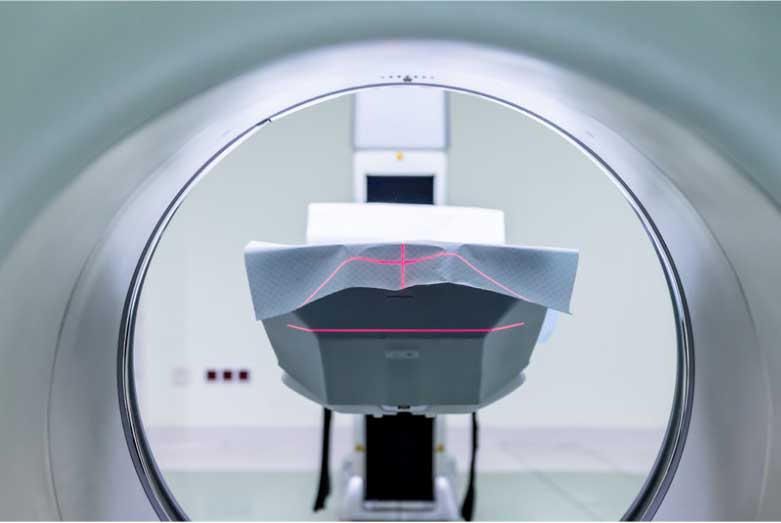A Pap smear, also known as a Pap test, is a procedure that involves collecting cells from a woman’s cervix (the lower part of the uterus that opens into the vagina) to check for any abnormal or precancerous changes. It is important because early detection and treatment of precancerous changes in the cervix can help prevent the development of cervical cancer.
The general recommendation for women’s health organizations is that most women should start getting Pap smears at age 21 and should continue to get them every three years until the age of 65, assuming normal test results. After that, women who have had three consecutive normal Pap smear results may get screened less frequently, or not at all if they have other risk factors such as a weakened immune system or a history of precancerous cervical changes.
However, it’s important to note that different women may have different screening recommendations depending on their individual health history and risk factors. For example, women who have had certain types of cervical cancer or who have a history of abnormal Pap smear results may need to be screened more frequently. It’s always a good idea to talk to your doctor about what’s right for you.




